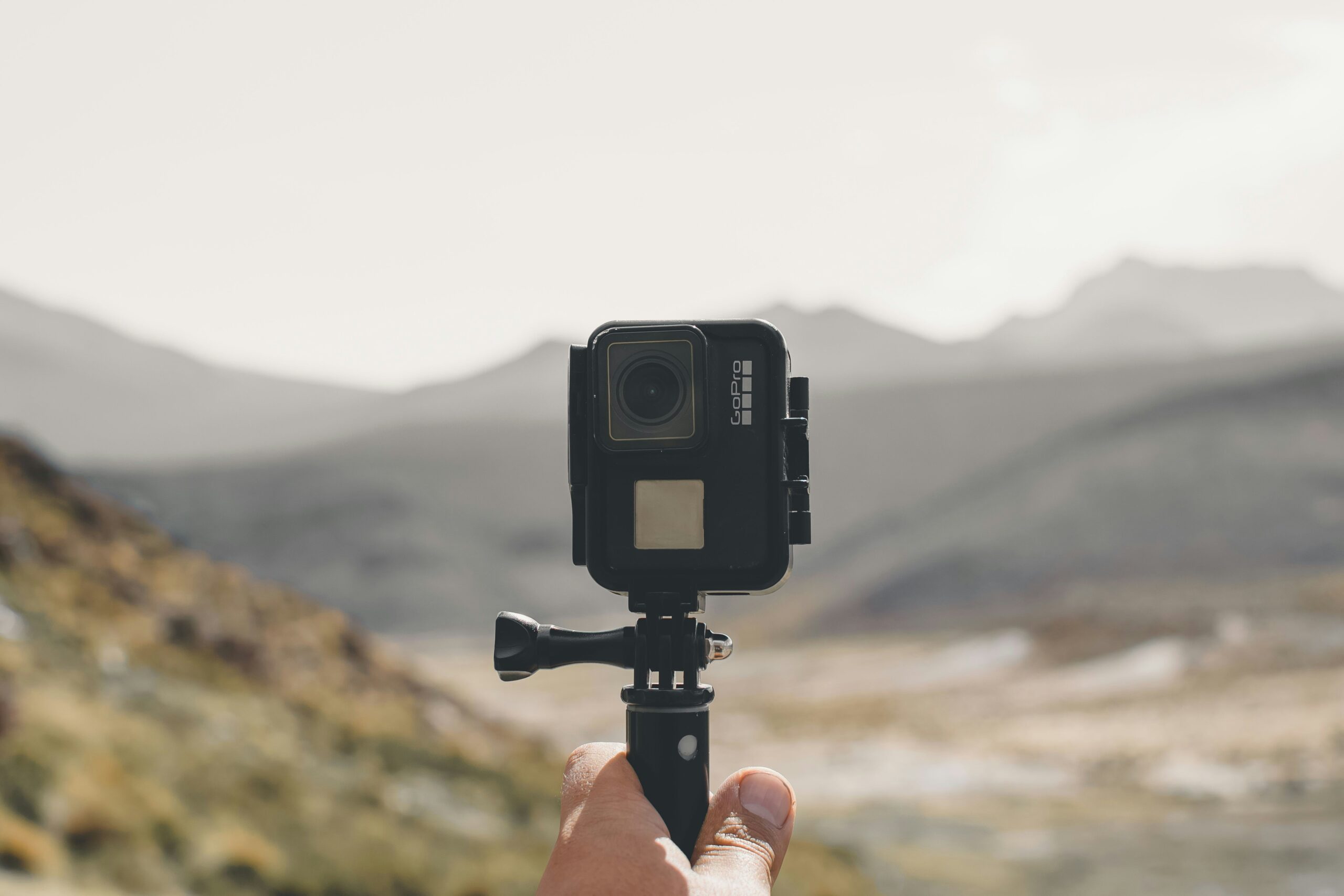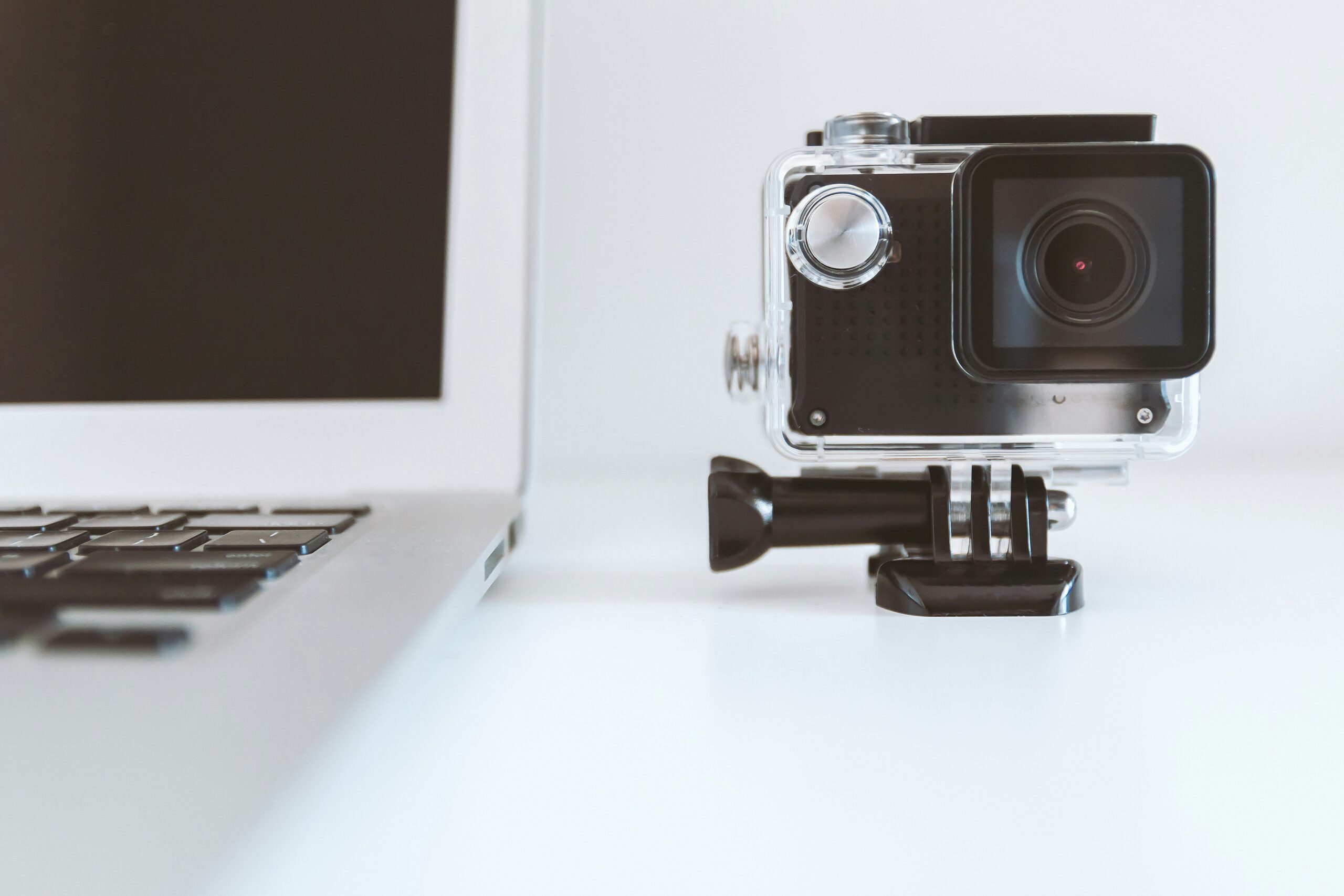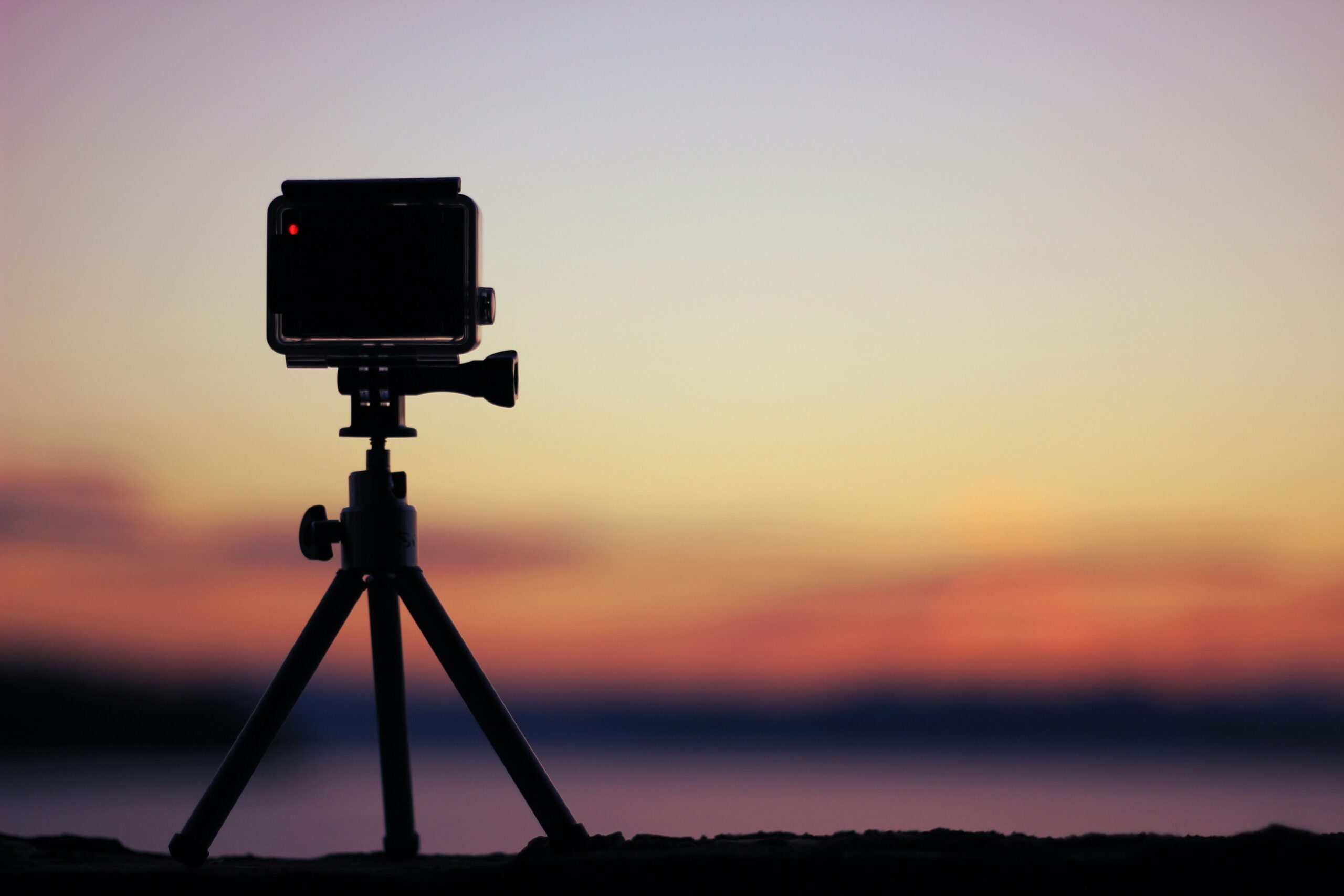Are you an avid film photographer looking for a high-quality camera to add to your collection? Or perhaps you are just starting out and want to explore the world of film photography. Either way, the Nikon F100 film camera may be just what you need. In this comprehensive guide and review, we’ll take a closer look at the Nikon F100’s features, functions, and advantages.
The Nikon F100 film camera is renowned for its reliability, durability, and exceptional image quality. With a versatile autofocus system, multiple exposure modes, and a reliable matrix metering system, the Nikon F100 allows you to capture stunning images with ease. Whether you are shooting portraits, landscapes, or street scenes, this camera is a great choice for any discerning photographer.
In the following sections, we’ll provide an overview of the nikon f100 features, including a detailed analysis of its manual. We’ll also offer tips and techniques for capturing stunning shots with this camera, and explore its enduring appeal in today’s digital age. So let’s dive in and unlock the full potential of the Nikon F100 film camera.
Understanding the Nikon F100
The Nikon F100 film camera is a versatile and robust device that offers a range of features and functions to enhance your photography experience. To get the most out of your camera, it is essential to understand its manual and how to operate it effectively.
The nikon f100 manual includes detailed instructions on the camera’s settings, exposure modes, and focus modes. By familiarizing yourself with these features, you can optimize the camera’s performance and capture stunning photographs.
One essential feature of the Nikon F100 is its autofocus system, which allows you to capture sharp, well-exposed images quickly. By selecting the appropriate focus mode and adjusting the camera’s settings, you can ensure that your photos are sharp and properly exposed in any situation.
In addition to its autofocus system, the Nikon F100 offers various exposure modes, such as aperture priority, shutter priority, and manual mode. These modes give you greater creative control over your photographs and allow you to experiment with different settings to capture the perfect shot.
Overall, understanding the Nikon F100’s manual and its features is crucial for any photographer looking to make the most of this exceptional camera. By following the instructions carefully and experimenting with different settings, you can produce unique and striking images with ease.
Capturing the Perfect Shot with the Nikon F100
If you’re looking to take your film photography to the next level, the Nikon F100 can help. With its advanced features and manual controls, you have greater control over the creative process. Here are some tips and techniques to help you capture stunning photographs with the Nikon F100:
Exposure
The Nikon F100 allows you to adjust both aperture and shutter speed, giving you complete control over exposure. For best results, use a light meter to determine the correct exposure settings and adjust as needed. You can also experiment with different exposure techniques, such as bracketing, to achieve the desired effect.
Composition
With the Nikon F100, you have the flexibility to compose your shots in a variety of ways. To create a visually interesting image, consider the rule of thirds, leading lines, and framing. You can also experiment with different angles and perspectives to add depth and dimension to your photos.
Creative shooting modes
The Nikon F100 offers a range of creative shooting modes, including multiple exposure, depth of field preview, and exposure compensation. These modes can help you achieve unique and artistic effects, making your photos stand out from the crowd.
By mastering exposure, composition, and creative shooting modes, you can take full advantage of the Nikon F100’s capabilities and capture truly stunning photographs.
Advantages of the Nikon F100 in the Modern Era
Despite the widespread shift to digital photography, the Nikon F100 film camera continues to be a favorite among many photographers.
One of the biggest advantages of shooting with a film camera like the Nikon F100 is the unique quality that film produces. The organic nature of film creates a timeless feel that is difficult to replicate with digital methods.
Another advantage is the experience of shooting with a film camera. Unlike digital cameras, which can often feel clinical and sterile, the tactile experience of shooting with a film camera can be incredibly satisfying. From the sound of the shutter to the winding of the film, every step of the process feels deliberate and intentional.
Additionally, film cameras like the Nikon F100 can be a great way to slow down and focus on the craft of photography. With a limited number of shots per roll of film, photographers are forced to carefully consider each shot and make every click count. This can be an excellent way to improve your skills and develop your eye for composition.
Finally, the Nikon F100 is a reliable and durable camera that is built to last. With proper care and maintenance, a film camera like the Nikon F100 can continue to produce stunning photographs for many years to come.
In conclusion, while the Nikon F100 film camera may not be as widespread as it once was, it continues to be a valuable tool for many photographers. Its unique qualities and tactile experience make it a favorite among film enthusiasts, and its durability ensures that it will remain a reliable camera for years to come.





